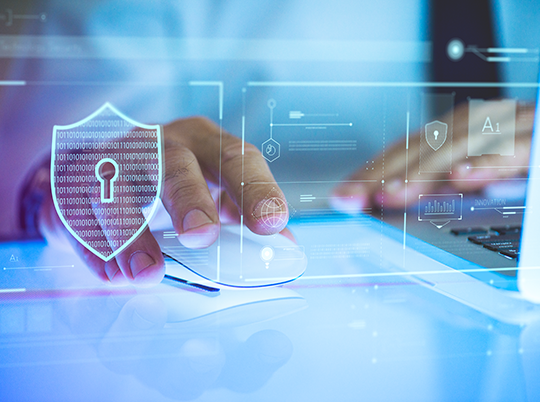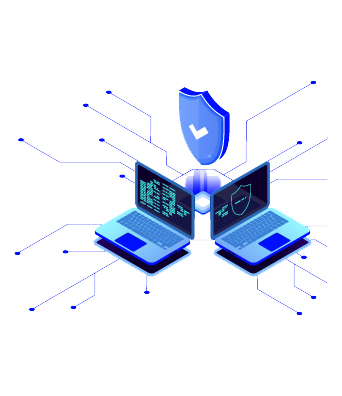
Ensure robust cyber defense for your Pune-based business with AMS Services, a leading provider of cybersecurity services. AMS Services specializes in fortifying your digital assets, offering tailored solutions to mitigate risks, safeguard sensitive data, and ensure compliance. As your trusted cybersecurity partner, AMS Services delivers top-notch protection, 24/7 monitoring, and proactive threat detection, fortifying your organization against evolving cyber threats. Choose AMS Services to elevate your cybersecurity posture and navigate the digital landscape with confidence

The cost of cyber threats to businesses in 2020 alone will exceed exceeded $1 trillion, with millions of new threats emerging annually. While primarily launched for financial gain, the reasons behind cyber attacks can be as varied as the perpetrators themselves.

The weakest link in the cyber security chain remains the human factor. Whether it's accidental, negligent, or outright malicious, insider threats can come from current or former employees, third-party vendors, or even trusted partners.

In response to the increased cyber threats and exposure of sensitive data businesses face today, many regulatory bodies are setting standards to help protect organizations and their customers alike. Some of these regulatory standards include GDPR, HIPAA, PCI DDS, and SOX to name a few.

Viruses and cyber attacks can slow networks and personal devices down to a crawl, making it virtually impossible for employees to work. It is for websites to function and for businesses to operate.

According to the Hiscox Cyber Readiness Report 2021, the average cost of a single cyber attack to a small business in the U.S. is $25,612. Considering the fact that only about 40% of SMBs operate at a profit — the loss of data and cost to recover it, downtime to restart operations, and hefty fines can be a steep price to pay.

One of the most significant factors in business growth is customer retention. Maintaining brand loyalty through a forceful cyber security position is paramount for customers today and the shortest path to repeat business, recommendations, and higher per-ticket purchases.
A good cybersecurity platform is your first line of defence against breaches and attacks and ideally; should have the following features covered.










Identify organization or mission objectives along with high-level organizational priorities

Analyze the organization’s operational environment to determine the likelihood of cybersecurity events and their related impact

Prioritize action plan should address the gaps.

Determine which actions to take and carry out said actions to address the gaps